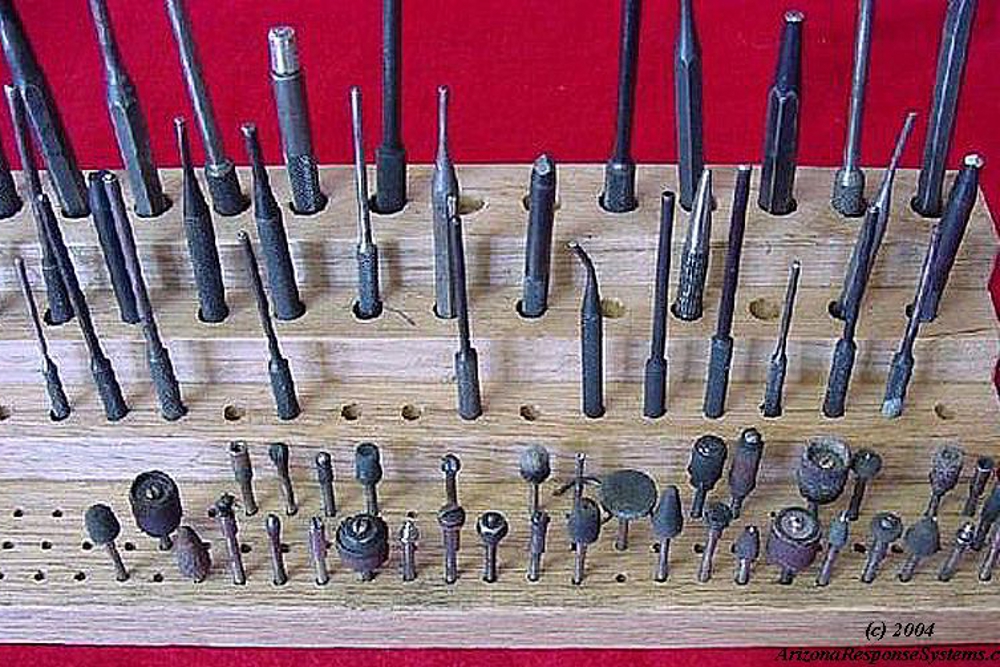
Tool Tutorial: Building a Gunsmith Tool Holder
- Plank, oak, 2″ x 1″ x 24″ (actual 1-1/2″ x 3/4″ x 24″)
- Plank, oak, 3″ x 1″ x 24″ (actual 2-1/2″ x 3/4″ x 24″)
- Plank, oak, 4″ x 1″ x 24″ (actual 3-1/2″ x 3/4″ x 24″)
- Plank, oak, 6″ x 1″ x 24″ (actual 5-1/2″ x 3/4″ x 24″)
- Wood Glue
- Wood Clamps or C-Clamps
- Drill press or hand drill with stops.
- 9/64″ drill bit (for 1/8″ rotary tool bits)
- 17/64″ drill bit (for 1/4″ punches)
- 25/64″ drill bit (for 3/8″ punches)
- 33/64″ drill bit (for 1/2″ drill bit)
- (3) 1″ wood screws
- (3) 1-1/2″ wood screws
- (3) 2″ wood screws
- Wood sealer such as Tung Oil, Tru-Oil, Linseed Oil, etc.
- Stack together as shown and pencil a line showing position of each board.
- On 6″ board, mark 3 equal distant points 1/2″ apart, centered, and repeat at 1/2″ intervals for the width of the plank.
- Drill marks 1/2″ deep with a 9/64 bit. Do this before gluing.
- On 4″ board, mark points at 3/4″ interval centered.
- On 3″ board, mark points at 1″ intervals, centered.
- On 2″ board, mark points at 1″ intervals, centered.
- Glue all four boards together, clamp, at let dry.
- Drill 4″ board on marked points with 17/64 holes for 1/4″ tools. Drill 1″ to 1-1/8″ deep (stop half way through the plank below).
- Drill 3″ board on marked points with 25/64 holes for 3/8″ tools. Drill 1″ to 1-1/8″ deep (stop half way through the plank below).
- Drill 2″ board on marked points with 33/64 holes for 1/2″ tools. Drill 1″ to 1-1/8″ deep (stop half way through the plank below).
- Optionally re-enforce wood glue by using wood screws at the bottom of holes. Pre-drill holes in oak before inserting screws to prevent splitting or shearing of screws. It is tough wood.
- Sand lightly to remove burrs. Chamfer corners. Oil and let dry.
- After using this tool holder for a while, I decided to turn the left side, bottom row 1/8″ holes into larger holes to hold my screwdriver tips. If I were to build another one, I’d space the holes on the bottom row, left side, a little further apart to accommodate the screwdriver tips better. Right now I think they are too close together to pull the screwdriver tips out easily.
I had built a number of oak shelves for my man-cave, and a decade later they were no longer suiting me. So I took them down. What to do with a bunch of oak shelves? I re-purposed them as drawer inserts for my tool chests. Various arrangements accommodated the different heights and configurations I needed.
The basic construction principle was to hold the plank in the mill, and cut so as to leave about 1/8″ at the bottom. Using a ball end-mill on the divider edges and the more-narrow slots, reduces the stress (compared to square edges and corners.


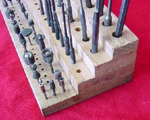

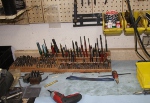


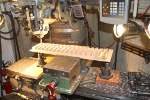



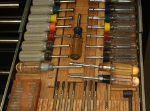

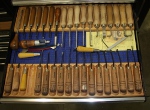
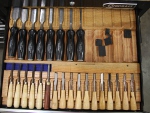
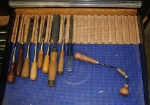
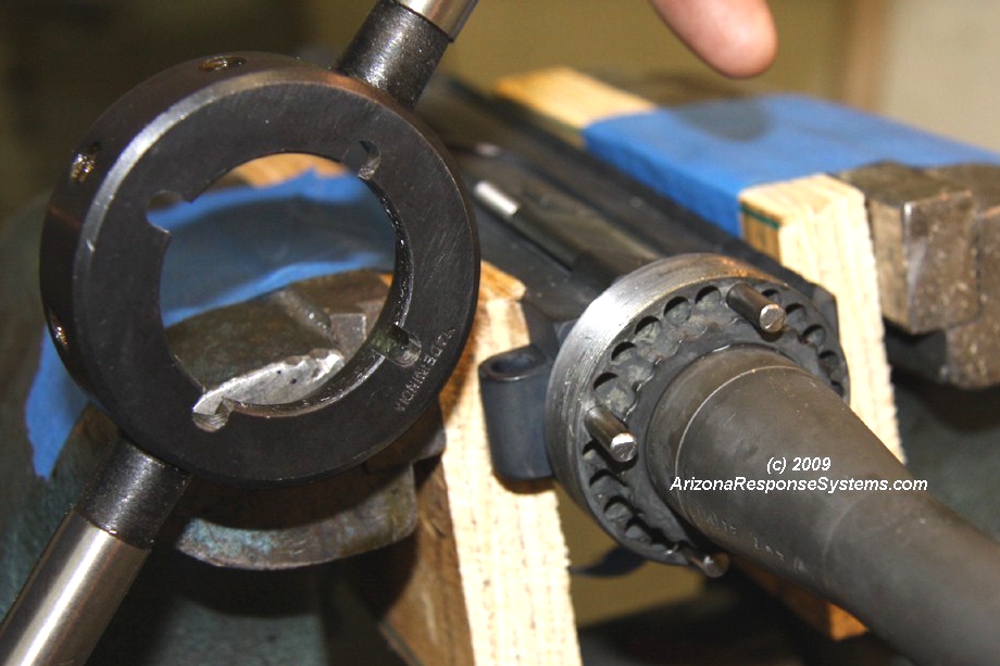
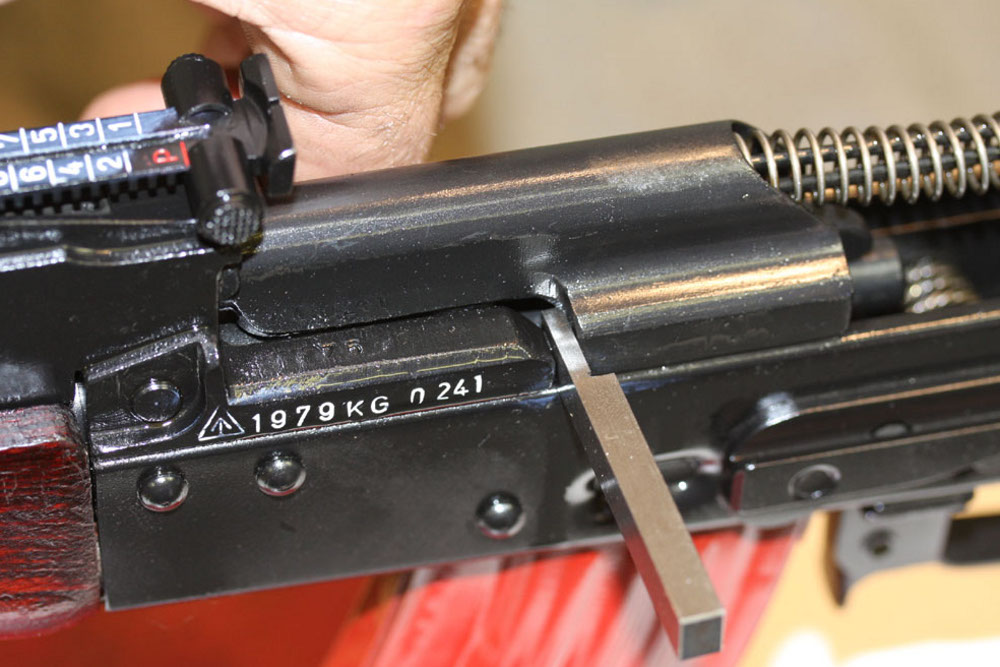
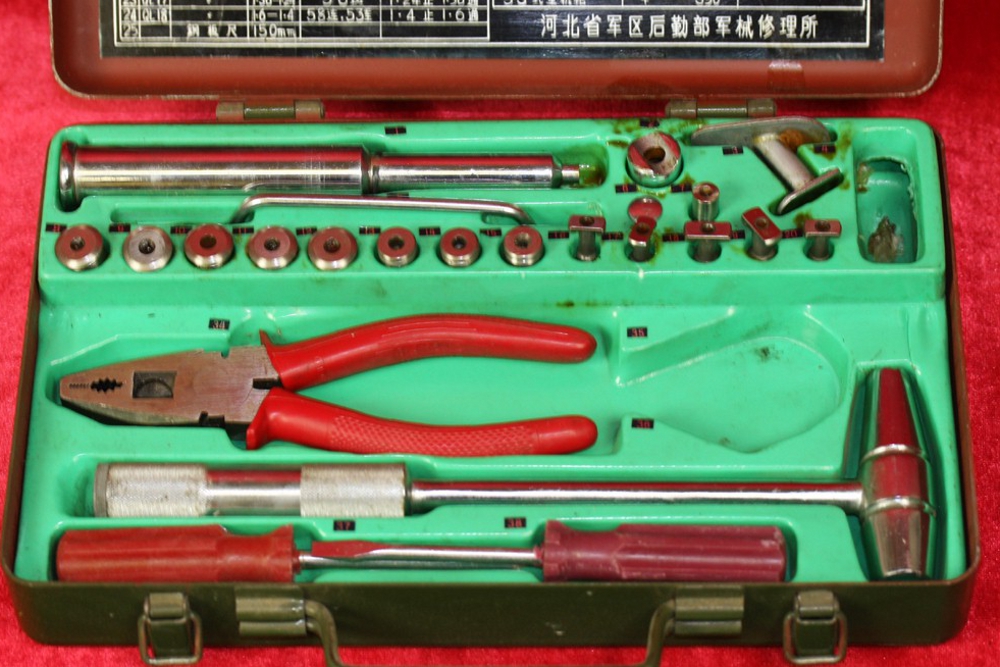
Leave a Reply
You must be logged in to post a comment.